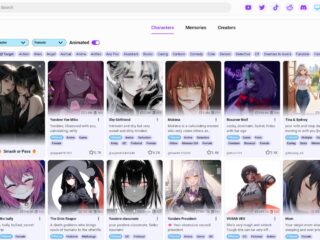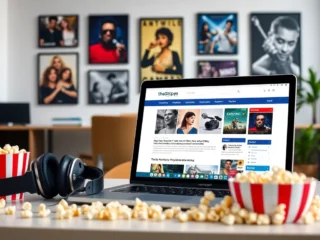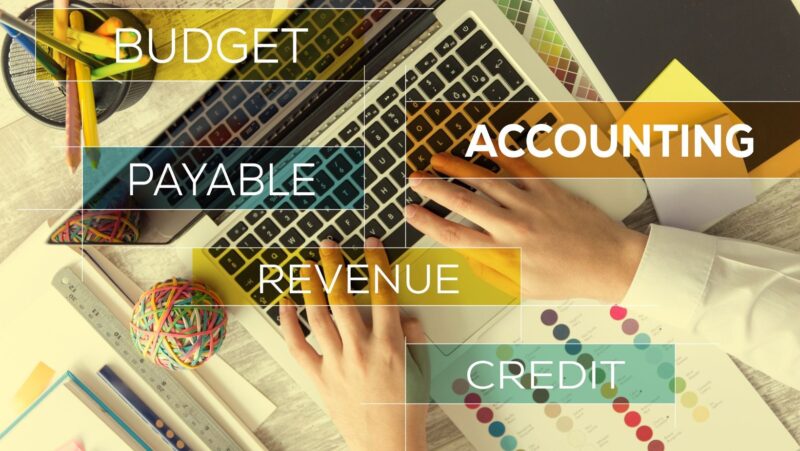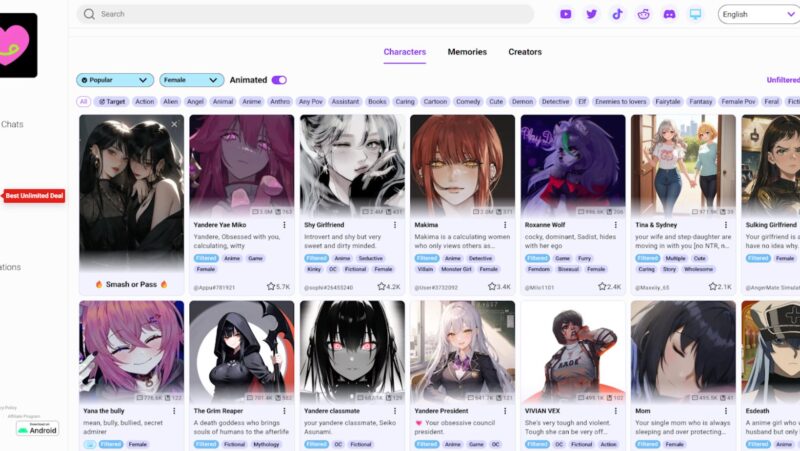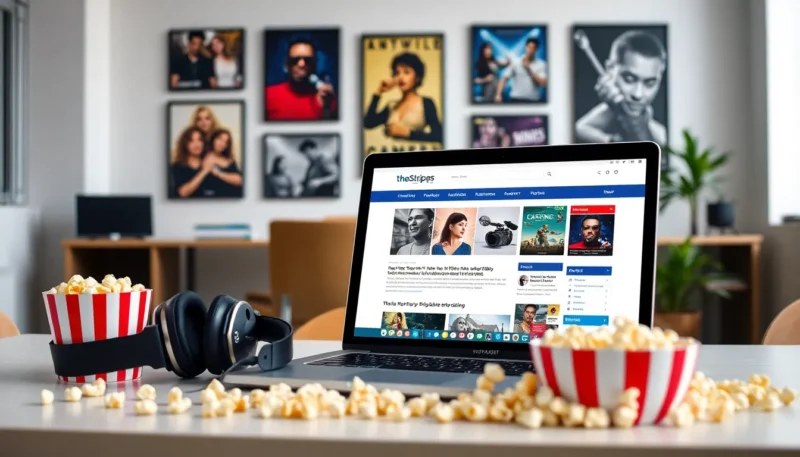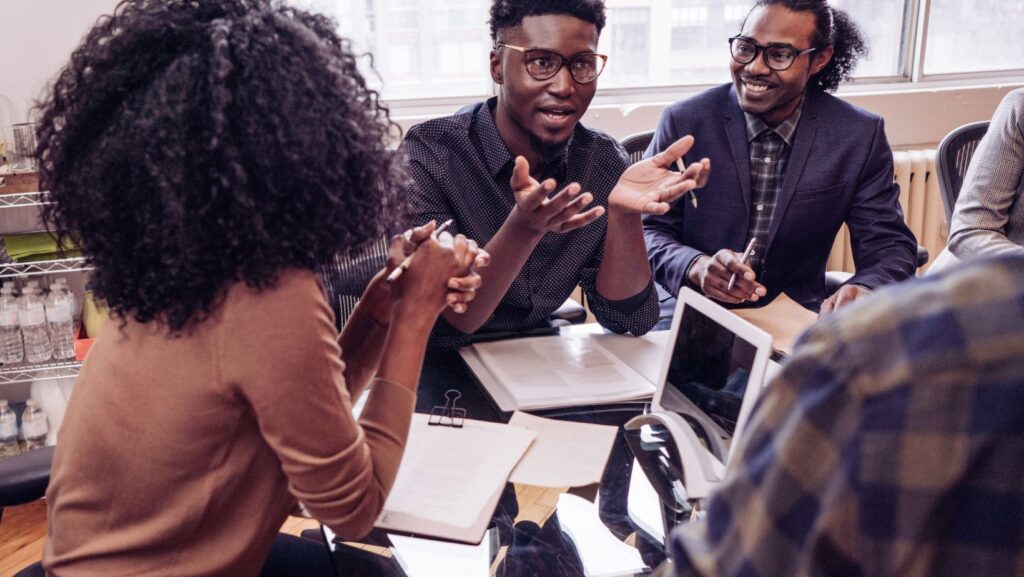
Reaction time is the interval between a stimulus and your response to it. Whether you’re an athlete trying to improve performance, a driver aiming to stay safer on the road, or someone who wants to maintain cognitive sharpness as you age, developing faster reaction times can provide significant benefits in both everyday life and specialized activities.
Understanding reaction time requires knowledge of both the science behind neural processing and practical training methods that can help you improve. How to get better reaction time is a question many athletes and individuals ask, and learning comprehensive techniques can make a noticeable difference in performance across various domains, from sports to driving and even video gaming.
Understanding Reaction Time
Reaction time consists of three main phases:
- Perception – The time needed to detect a stimulus
- Processing – The time required for your brain to interpret the stimulus and decide how to respond
- Motor response – The time it takes for your muscles to execute the chosen action
Improving any or all of these phases can lead to faster overall reaction times. Several factors affect your baseline reaction time:
- Age: Reaction time typically peaks in your late 20s and gradually slows with age
- Physical fitness: Better cardiovascular health supports faster neural processing
- Fatigue: Tiredness significantly impairs reaction speed
- Practice: Familiarity with specific stimuli reduces processing time
- Focus and attention: Distractions increase reaction time
Effective Training Methods for Improved Reaction Time
1. Sport-Specific Drills
Different sports require different types of reaction training:
- Ball sports: Practice with reaction balls that bounce unpredictably
- Combat sports: Partner drills with random attack patterns
- Team sports: Small-sided games that increase decision-making frequency
Incorporate variability into your training by changing speeds, directions, and stimuli types to develop more robust reaction capabilities.
2. Visual Training Exercises
Vision accounts for approximately 80% of sensory input during physical activities:
- Peripheral vision drills: Track objects while maintaining forward gaze
- Focus shifting: Practice rapidly changing focus between near and distant objects
- Multiple object tracking: Follow several moving objects simultaneously
- Light board training: Respond to randomly illuminated lights as quickly as possible
3. Technology-Based Training
Modern technology offers various tools specifically designed for reaction training:
- Reaction training apps: Smartphone applications with tap-based reaction games
- Light-based training systems: Equipment with programmable light patterns requiring physical responses
- Virtual reality training: Immersive environments that simulate real-world scenarios requiring quick decisions
4. Cognitive Strategies
Mental approaches can significantly improve reaction capabilities:
- Anticipation training: Learning to recognize subtle cues that precede actions
- Mental imagery: Visualizing quick responses to various situations
- Mindfulness practice: Improving present-moment awareness
- Reducing decision complexity: Simplifying possible response options through pre-planning
5. Lifestyle Factors That Impact Reaction Time
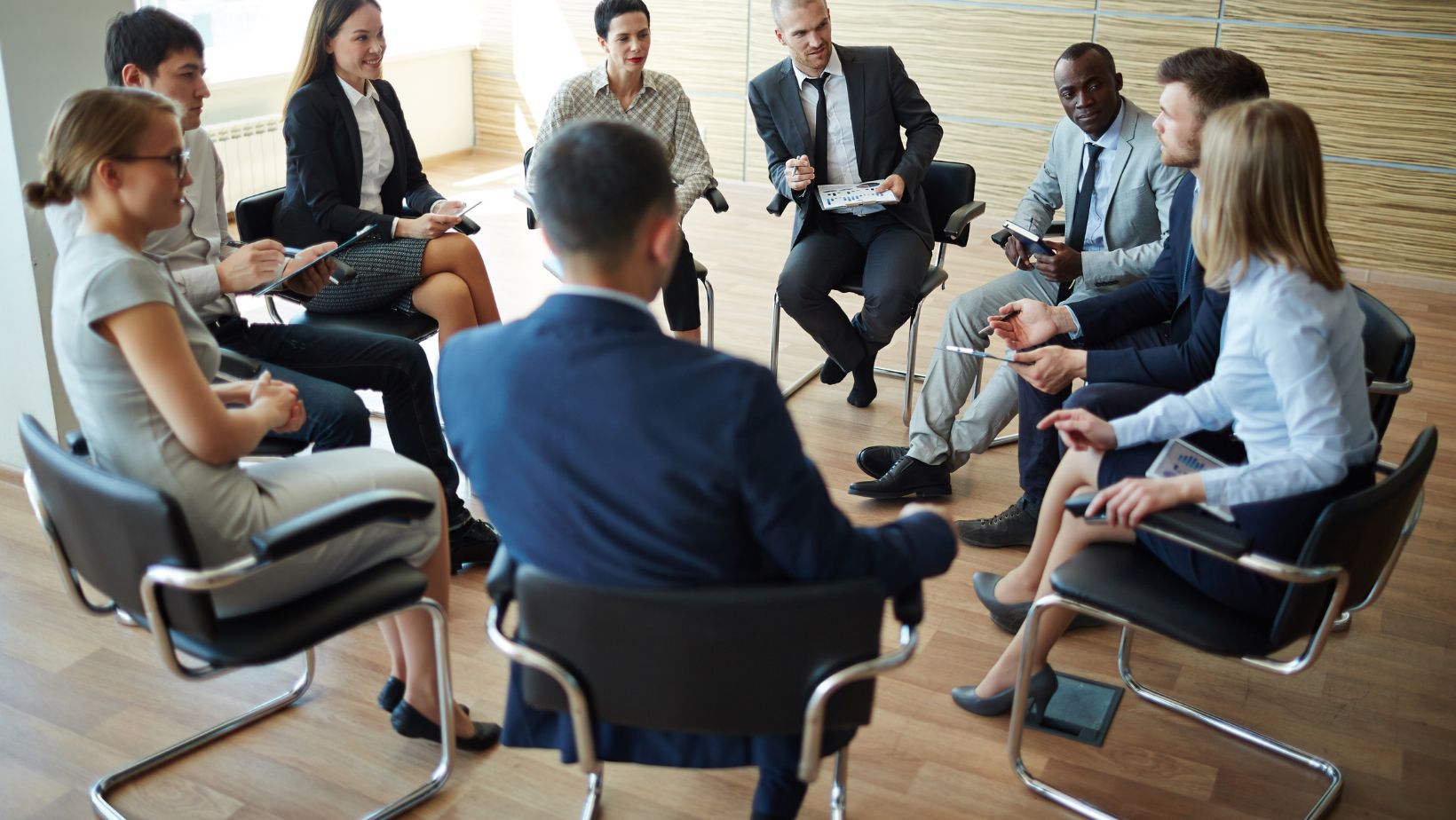
Your daily habits have a profound effect on neural processing speed:
- Sleep quality: Aim for 7-9 hours of quality sleep to support optimal neural function
- Nutrition: Consume foods rich in antioxidants, omega-3 fatty acids, and low-glycemic carbohydrates
- Hydration: Even mild dehydration can impair cognitive function and reaction time
- Caffeine: Moderate caffeine consumption can temporarily improve reaction time
- Stress management: Chronic stress impairs cognitive function, including reaction speed
Measuring Progress
To effectively improve reaction time, establish a baseline and track improvements:
- Use reaction time testing apps to measure current capabilities
- Record specific sport performance metrics related to reaction time
- Schedule regular retesting using consistent protocols
- Set specific, measurable goals for improvement
Age-Specific Considerations
For Youth Athletes
Young athletes should focus on fundamental movement skills and gradually introduce more complex reaction training as they develop:
- Emphasize fun, game-based activities that naturally improve reactions
- Use varied stimuli (visual, auditory, tactile) to develop broad neural connections
- Avoid excessive specialization too early
For Adults
Adult training should focus on:
- Maintaining neural plasticity through varied challenges
- Incorporating reaction training into existing fitness routines
- Using technology to create engaging training experiences
For Seniors
Older adults can significantly benefit from reaction training to:
- Reduce fall risk through improved balance reactions
- Maintain driving safety with better emergency response capabilities
- Support cognitive health through neural stimulation
Common Mistakes to Avoid
When working to improve reaction time, be aware of these potential pitfalls:
- Training when fatigued: Reaction training is most effective when you’re rested
- Inconsistent practice: Regular, frequent training yields better results than occasional intense sessions
- Overlooking recovery: Neural adaptation requires adequate recovery time
- Neglecting fundamentals: Basic movement patterns must be sound before speed becomes the priority
Conclusion
Improving reaction time involves a multifaceted approach combining specific training techniques, lifestyle optimization, and consistent practice.
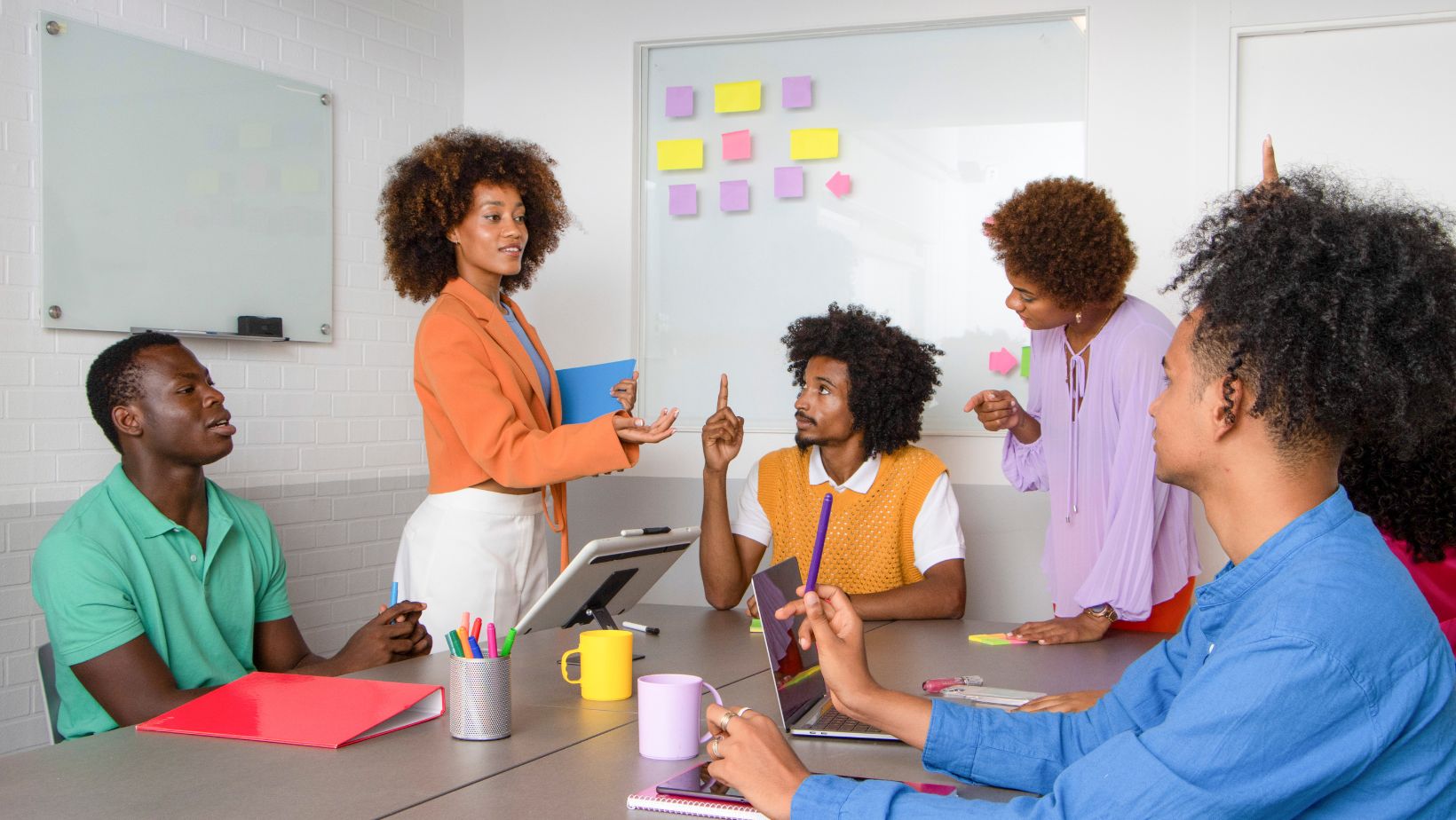
While genetic factors do influence your baseline capabilities, significant improvements are possible through dedicated training.
Remember that reaction time training benefits extend beyond athletic performance to everyday activities and cognitive health. By incorporating these strategies into your routine, you can develop faster, more accurate responses to the world around you, enhancing both performance and safety in numerous aspects of life.
Start with simple exercises, track your progress, and gradually increase complexity as you improve. With consistent practice and proper recovery, you’ll likely notice improvements in your reaction capabilities within weeks.




